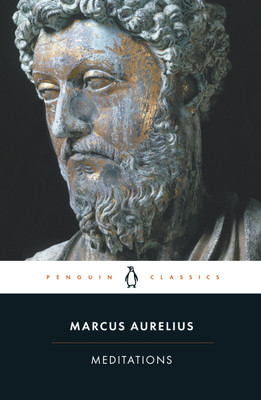
The Story of Sir Humphry Davy and the Invention of the Safety-Lamp. (Lessons from Noble Lives). (English, Paperback, Anonymous Books)
Price: Not Available
Currently Unavailable
Highlights
- Language: English
- Binding: Paperback
- Publisher: General Books
- ISBN: 9781151380203, 1151380202
- Edition: 2010
- Pages: 30
Description
This historic book may have numerous typos and missing text. Purchasers can download a free scanned copy of the original book (without typos) from the publisher. Not indexed. Not illustrated. 1877. Excerpt: ... CHAPTER III. Davy's Manhood. HE next important work undertaken by our illustrious chemist was an investigation into the nature of sulphur and phosphorus; which was followed up by an inquiry into the properties of the acids, and some curious and original experiments upon chlorine. Up to Davy's time, certain acids well known to be compound's--namely, the boracic, muriatic, and fluoric--had resisted every effort to accomplish their decomposition and detect the bases on which they were founded. Davy, however, brought into requisition the magical power of the galvanic battery, and ascertained that boracic acid was composed of boron and ogygen. Muriatic acid gas was formed, he found, by the union of oxymuriatic acid with hydrogen; and certain characters distinguishing it seeming utterly inconsistent with DAVY IS KNIGHTED. 57 its old and popular name, he proposed that it should thenceforth be known as Chlorine, a name derived from the colour of the gas. In 1810 and 1811, he delivered by special request courses of lectures to the Royal Society of Dublin; and visited many parts of Ireland, in whose scenery he took great delight. In 1812, his brilliant services to Science were recognized by the Prince Regent, who bestowed on him the honour of knighthood. In the same year, on the 11th of April, he married Mrs. Apreece, the widow of S. Ashby Apreece. This lady was the daughter and heiress of Charles Kerr, of Kelso, Esq., and possessed a very considerable fortune. He then retired from his various public appointments, with the intention of devoting his leisure to the private cultivation of his favourite scientific studies. This step has Leen severely criticised by some of his biographers; and though it was most assuredly not taken with any intention of abandoning the ...
Read More
Specifications
Book Details
| Imprint |
|
| Publication Year |
|
Dimensions
| Width |
|
| Height |
|
| Length |
|
| Weight |
|
Be the first to ask about this product
Safe and Secure Payments.Easy returns.100% Authentic products.
Back to top






